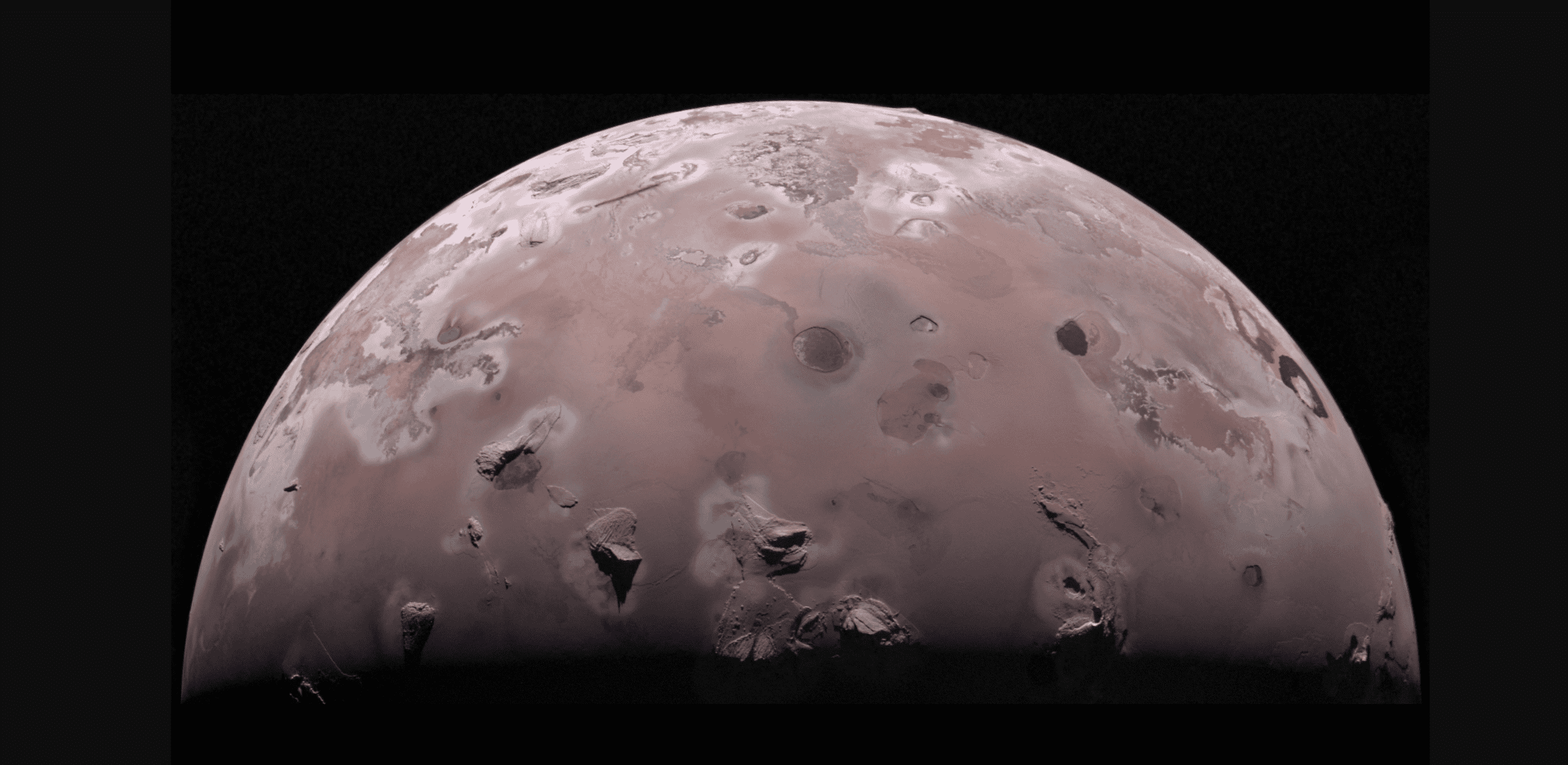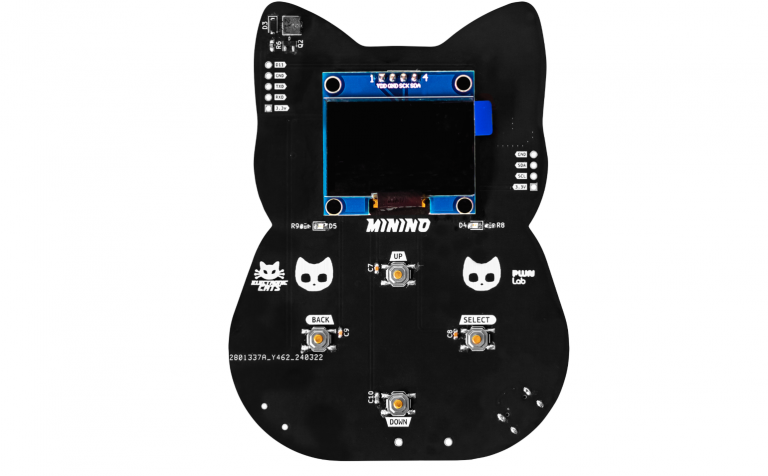
At a distance of hundreds of millions of kilometers from Earth, amid the relentless radiation inferno of Jupiter, NASA engineers achieved the nearly impossible: they repaired JunoCam, the onboard camera of the Juno spacecraft—without ever physically touching it. The feat occurred in December 2023, all for a singular purpose: to capture the historic flyby of Io, the most volcanically active body in the Solar System.
JunoCam is a color visible-light camera mounted outside the spacecraft’s radiation-shielded compartment. While the core electronics—including scientific and engineering instruments—are safeguarded within a titanium-lead vault, the camera lens remains exposed, enduring the harshest radiation belt encountered in any planetary mission. Designers had expected JunoCam to survive the first eight orbits unscathed—but beyond that, it was uncharted territory.
During the spacecraft’s primary mission of 34 orbits, the camera performed reliably, producing images that enriched scientific publications and observational data. But by orbit 47, the first ominous signs emerged—images began to degrade, marred by noise and horizontal bands. By the 56th orbit, nearly all photos were rendered unusable.
Given the vast distance, pinpointing the exact cause proved challenging. The team suspected a failure in the voltage regulator—an essential component of the power system. Replacement was, of course, impossible. The engineers turned instead to a method that sounded almost magical in such circumstances: annealing. This process involves heating and then gradually cooling a component to potentially repair microscopic defects in its silicon structure—though the precise mechanism remains partially mysterious.
“We understood annealing might alter the crystalline structure, but had no certainty it would help in our case,” said image engineer Jacob Schaffner of Malin Space Science Systems, the firm behind JunoCam. Using a built-in heater, the camera’s temperature was raised to 25°C—well above its nominal operating range. Then came a tense wait.
The results were astonishing: the images cleared up, and the device operated flawlessly in subsequent orbits. Yet with each orbit, Juno plunged deeper into Jupiter’s radiation field, and by orbit 55, the noise returned. The pictures were again riddled with interference. None of the team’s tested solutions succeeded. With mere weeks remaining until the Io flyby, they decided to go all-in. One option remained: a more extreme annealing.
The camera was pushed to its thermal limits. The initial test images showed no improvement, but days before the close approach to Io, the miracle occurred—the imagery began to clear. On December 30, 2023, as the spacecraft skimmed just 1,500 kilometers above Io’s surface, operators received near-pristine photographs: snow-dusted mountain blocks sheathed in frozen sulfur dioxide rising sharply above plains, and massive lava fields from previously unmapped volcanoes.
It was a true triumph of engineering persistence. As of now, Juno has completed 74 orbits around Jupiter. During the most recent pass, interference in the imagery has begun to reappear. Yet annealing has now become an essential tool in the team’s arsenal—its derivatives are already being applied not only to the camera but also to other instruments and subsystems aboard Juno.
According to Scott Bolton, the mission’s principal investigator, these experiments are paving the way for future missions: “Juno is showing us how to build spacecraft resilient to radiation. This knowledge will benefit not only NASA but also the military and private companies deploying satellites into Earth orbit.” It is a rare and profound moment when science and technology transcend their traditional boundaries.






